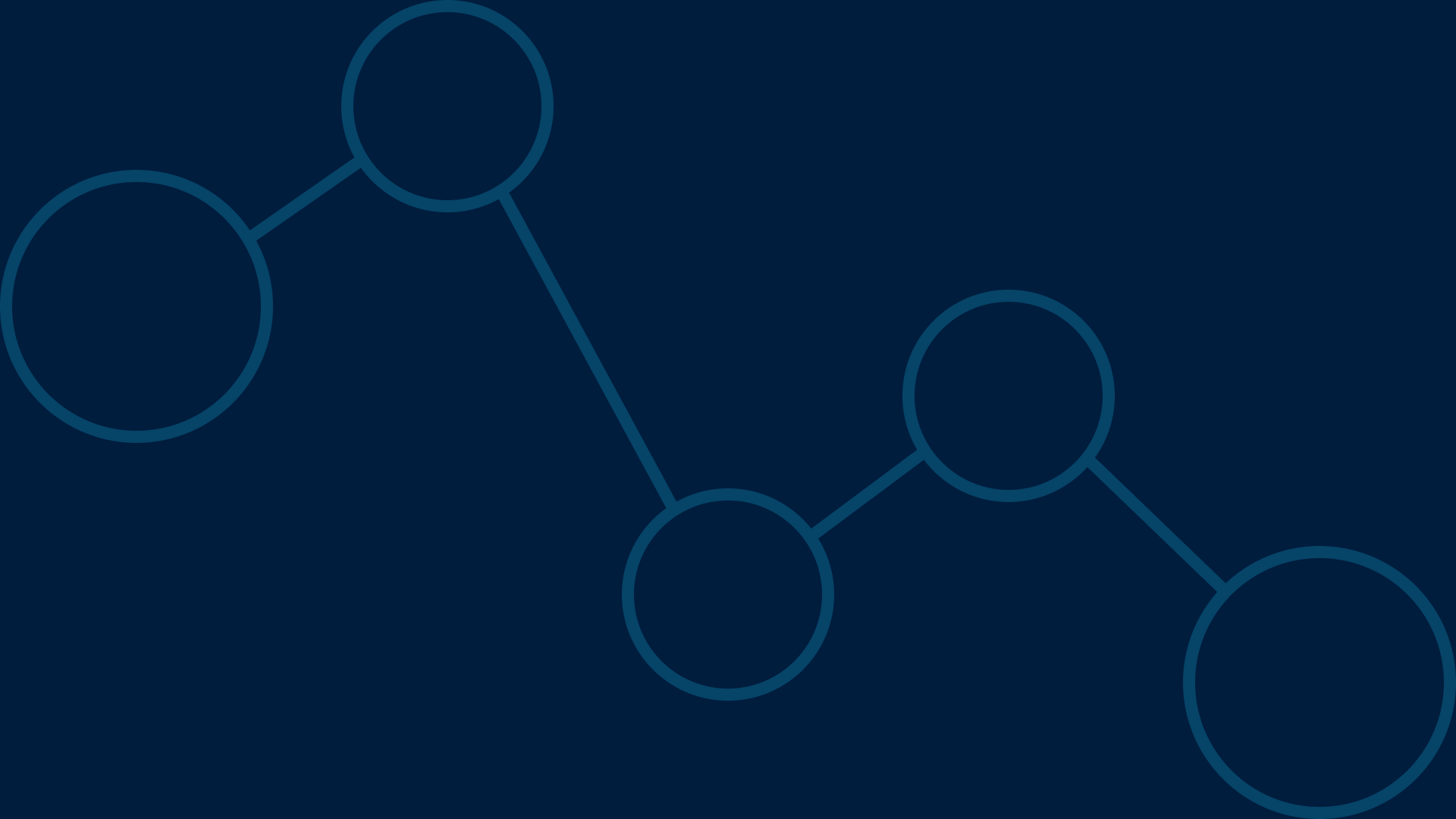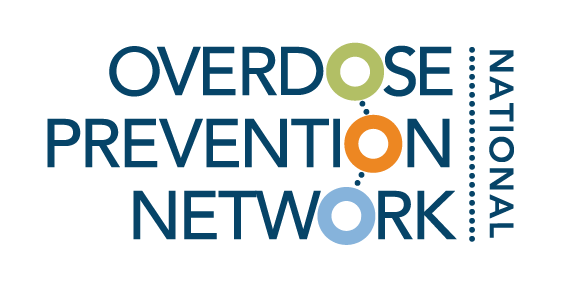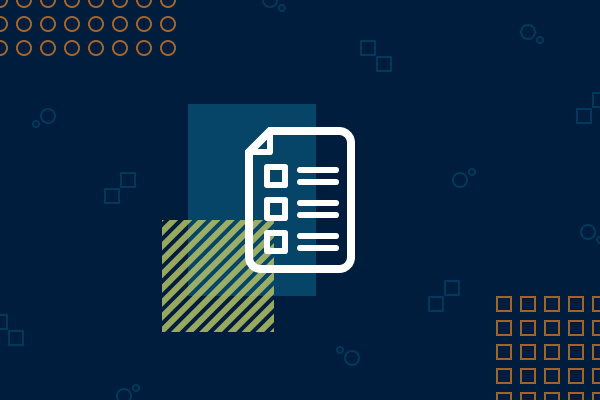
Resource Library
Toolkits, guides, and other resources vetted by experts in overdose prevention.
Filter by category and tags, or search by keyword (ex. COVID-19, harm reduction).
Appalachia Opioid Remediation (AOR) Database
The AOR database catalogues information about how 13 states of Appalachia are managing and spending funds received from litigation settlements with opioid manufactures, distributors, and retailers.
Shatterproof Addiction Stigma Index
How does stigma contribute to addiction and overdose deaths? To raise awareness, Shatterproof created the Addiction Stigma Index, the largest survey of public attitudes about substance use disorder (SUD) and people with SUD in the United States. The results provide insights into how stigma manifests and impacts people living with SUD, their loved ones, and their communities.
The Fentalog Study: A Subset of Nonfatal Suspected Opioid-Involved Overdoses with Toxicology Testing
Using data from The Fentalog Study, this dashboard provides estimates of substances detected in samples from patients experiencing a suspected opioid-involved overdose. These data can be used in combination with nonfatal drug overdose data from the CDC’s Drug Overdose Surveillance and Epidemiology (DOSE) system to improve understanding of drug use patterns in nonfatal overdoses.
Toxicology Investigators Consortium (ToxIC)
The Toxicology Investigators Consortium (ToxIC) is a multicenter toxicosurveillance and research network. As a toxicosurveillance network, ToxIC can detect new and emerging drugs of abuse, adverse effects of new medications in the post-marketing phase, and emerging toxicological threats. On their webpage you can explore their various projects like the Fentalog Project, learn more about ToxIC, and more.
Duke University Opioid Abatement and Investment Tool
Duke-Margolis Center for Health Policy and Third Horizon Strategies (THS) launched the Opioid Abatement Needs and Investment (OANI) tool. This interactive resource, developed with support from the Elevance Health Foundation, aims to assist local, municipal and state level leaders working to address the opioid epidemic in their communities. The tool provides geographic-specific information on the potential need for opioid use disorder (OUD) treatment and recovery services and the locality’s capacity to meet that demand. The 1.0 version of the tool uses publicly available data at the county and state level and enables users to investigate a county’s potential need for OUD treatment and recovery capacity across the Healthy People 2030 Social Determinant of Health Domains.
Research Brief: Substance Use and Suicide Risk Among LGBTQ Youth
This brief from 2022 provides information on substance use and suicide risk among LGBTQ youth and provides recommendations based on the data on how to support LGBTQ youth.
DOSE Dashboard: Nonfatal Overdose Emergency Department and Inpatient Hospitalization Discharge Data
The new Drug Overdose Surveillance and Epidemiology (DOSE) dashboard is an interactive data visualization tool that displays current nonfatal drug overdose-related ED and hospital discharge data. DOSE data can be used to compare US nonfatal overdose trends for any of the four drug overdose types (i.e., all drugs, all opioids, heroin, and all stimulants); by participating state and by county (county-level data are only available for nonfatal all drug overdose ED visits); and by sex and age group.
Impact of the California Harm Reduction Initiative
In this article, it provides insight into the large impact of the California Harm Reduction Initiative across the state of California.
Do No Harm Guide: Applying Equity Awareness in Data Visualization
Through rigorous, data-based analysis, researchers and analysts can add to our understanding of societal shortcomings and point toward evidence-based actions to address them. But when data are collected and communicated carelessly, data analysis and data visualizations have an outsized capacity to mislead, misrepresent, and harm communities that already experience inequity and discrimination. This guide and its associated toolkits focus on how data practitioners can approach their work through a lens of diversity, equity, and inclusion.
One Graph or Many: Taking an Equity Lens When Visualizing Data by Race
For many data communicators, presenting data disaggregated by race or ethnicity can pose a tricky problem. It’s not uncommon to place the data for each group in a single graph, but this presentation can lead the reader to compare the performance of each group to the best performing group, creating a “horse race effect.” As a result, a reader may negatively perceive the experiences of one group relative to another.
Recovery Ecosystem Index Map
This resource provides data on recovery ecosystems through the U.S. Examples of key features include treatment services, recovery residences, harm reduction organizations, employment opportunities, and prevention organizations
Data Interactives on LGBTQ+ Individuals
This data resource provides state level data that is maintained by the UCLA Williams Institute. The data interactives provide information on LGBTQ+ people in the United States in a dynamic and customizable visual format.
Homeless Data Integration System
The California Interagency Council on Homelessness’ Statewide Action Plan pursues a vision for the Council and state’s work to prevent and end homelessness focused on purposeful, action-oriented coordination and alignment among state departments. By providing data that allows California to measure progress towards the goal of preventing and ending homelessness, the Homeless Data Integration System (HDIS) plays a pivotal role in the state’s comprehensive strategy to get more Californians into affordable, stable living environments and to connect them with the supportive services they need to succeed.
Census Bureau QuickFacts
QuickFacts provides statistics and demographics for all states and counties, and for cities and towns with a population of 5,000 or more.
NEMESIS Opioid Overdose Tracker
The goal of the Office of National Drug Control Policy (ONDCP) Non-Fatal Opioid Overdose Tracker is to track non-fatal opioid overdose in the pre-hospital setting using nationally submitted Emergency Medical Services (EMS) data. NEMSIS is the official EMS Data Collection Standard for EMS agencies, it is an Information Systems Compliance Architecture which allows the transfer of data between systems, and it is the National EMS Database
California Overdose Surveillance Dashboard
This tool provides current data and statistics on overdoses in California providing data that can be sorted on the state-level, county-level, and with advanced filters.
Addiction in Emergency Medicine and Acute Care Podcast
A practical and evidence-based podcast on how to think about, diagnose, and treat substance use disorders in the Emergency Department and Acute Care
School-Based Harm Reduction with Adolescents: A Pilot Study
This journal article reviews the impact of a pilot study on the use of the Safety First real drug education with high school freshman and these findings had significant implications on reductions of overall substance use and increase in harm reduction in these freshman students.
The 2022 National Healthcare Quality and Disparities Report: We Still Have Much Work to Do
How is the US really doing on health care? Knowing the current trends is key to our work, and this annual report from the Agency for Healthcare Research and Quality (AHRQ) is the essential guide.
Four Data Driven Harm Reduction Strategies in Overdose Prevention
What steps can communities take to engage youth in overdose prevention? The following summary provides concrete examples of data-driven strategies to address rising rates of overdose among youth. Case studies were drawn from overdose prevention coalitions participating in the California Overdose Prevention Network (COPN) Accelerator 3.0 Program. These can serve as models for other coalitions and organizations across the country.










